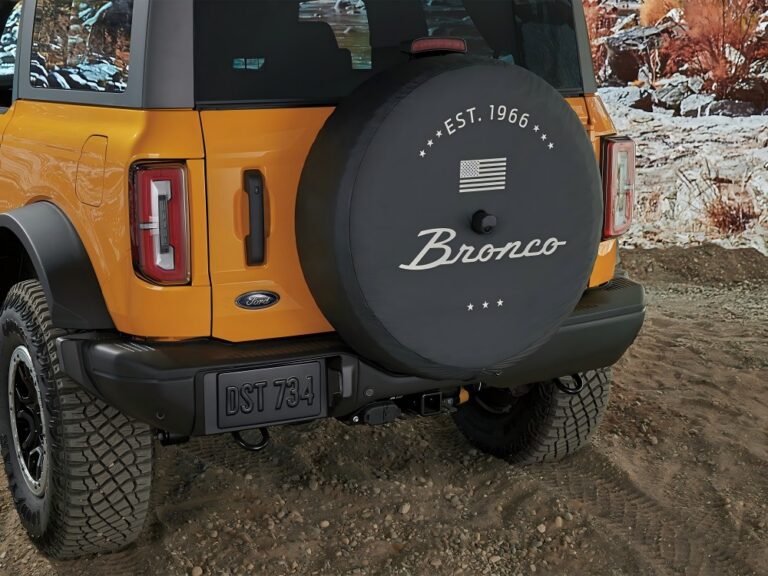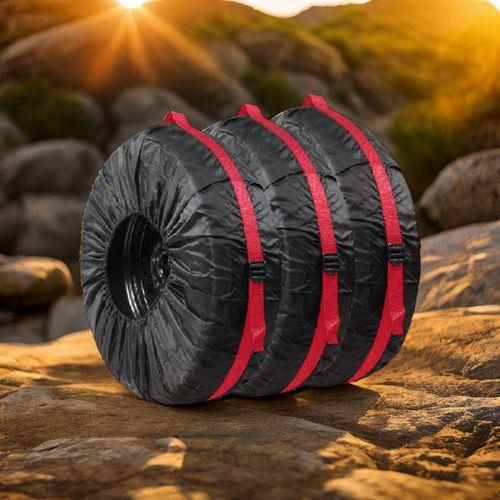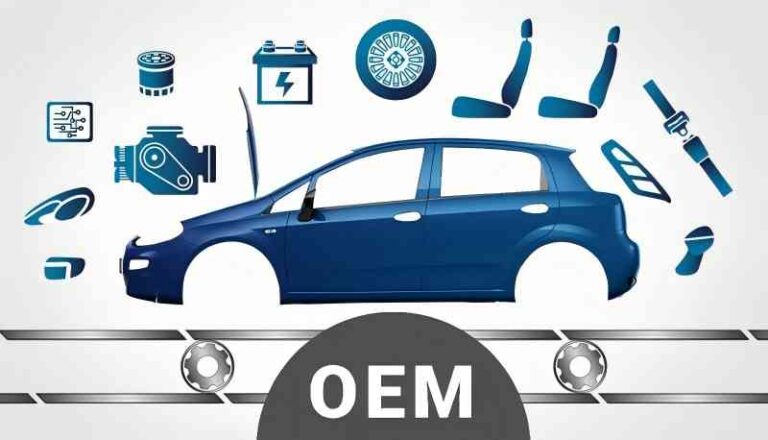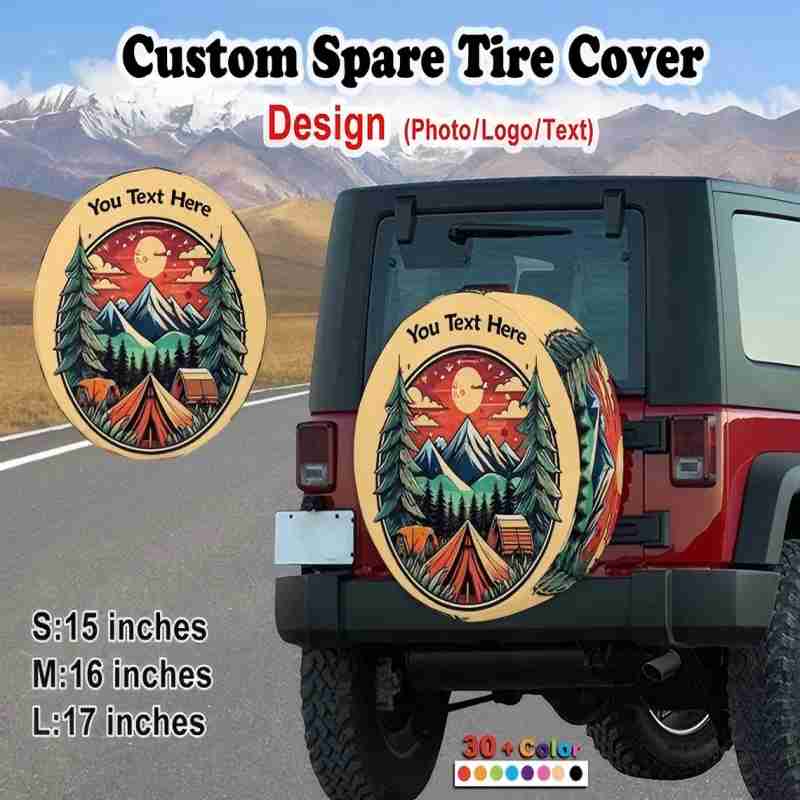-
Xingming Road, Yanyuan, Xingtan, Shunde, Foshan, Guangdong
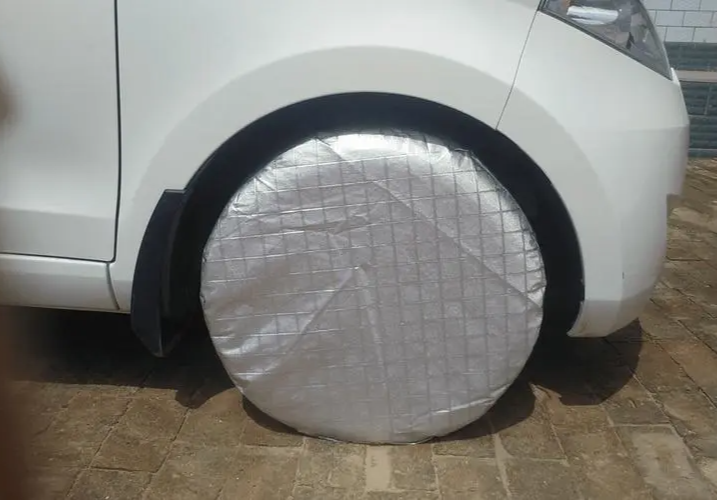
Summer Tire Saver: Ultimate UV Protection Guide Tested
A piece of sunscreen can extend tire life by three years. The result is a sophisticated collaboration between materials science and aerodynamics.
In the scorching summer heat, when you park your car under the blazing sun, the tires are silently undergoing a harsh test. When the surface temperature exceeds 60°C, tire rubber begins to age rapidly, and the internal cord strength decreases at an exponential rate. Data from the American Rubber Manufacturers Association shows that tires exposed to the sun for extended periods have an average lifespan shortened by 40% compared to similar tires stored in the shade.
A high-quality sunscreen can reduce tire surface temperature by up to 25°C, bringing the aging rate back to normal.
1. The Invisible Killer: How UV Light Eats Away the Life of Rubber
Ultraviolet rays in sunlight are an invisible killer for tires. When ultraviolet rays with a wavelength of 295-400nm strike rubber molecules, they sever the chemical bonds within the polymer chains. This causes the rubber to suffer from a triple damage: microcracks, hardening, and discoloration.
Tires exposed to the sun experience a kind of “chronic asphyxiation,” as the anti-aging agents in the rubber evaporate faster under the catalytic effects of high temperatures. Patent CN108725162A states that for every 10°C increase in tire temperature, the oxidation reaction rate doubles, leading to the gradual development of a network of cracks on the sidewall. These cracks are not only an aesthetic issue but also a potential source of tire blowout risk.
A more subtle form of damage arises from the cumulative effect of heat. The enclosed wheel arch space creates a high-temperature steamer under intense sunlight, with heat transferred through the rim to the tire bead area. This is precisely where most tires first develop aging cracks.
2. Sunscreen Technology: From Magnetic Screens to Self-Circulating Systems
Modern tire sunscreen technology has gone beyond simple coverings. Mainstream products on the market can be divided into three categories:
Physical shielding: For example, BroilPro’s vinyl cover utilizes a multi-layer composite structure. The surface reflective layer directly reflects 80% of visible light, the middle layer absorbs the remaining UV rays, and the bottom breathable membrane prevents moisture accumulation. Tests show that these products can block 92% of UV-B rays.
Magnetic Fixation: Patented CN202847402U semicircular magnetic cover utilizes neodymium iron boron permanent magnets for instant closure. Its innovation lies in its curved air duct design, which blocks sunlight while allowing air to circulate, preventing a confined, humid, and hot environment.
Active Heat Dissipation: The most advanced is the self-cooling sunscreen patented CN108725162A. Its L-shaped structure cleverly utilizes cool air from the underbody, circulating air through the underbody pressure plate air intake. Test data shows that at an ambient temperature of 35°C, this system can keep the temperature around the tires stable at 7-12°C below the ambient temperature.
3. Real-World Tests: Sun Protection Comparison
In simulated exposure tests conducted in a professional laboratory, different types of sunscreens showed significant differences:
- Basic Oxford Cloth Cover: Surface temperature 48.2°C (a 12°C decrease), but internal humidity reached 85%. Long-term use can easily cause rubber hydrolysis.
- K-WAX Aluminum Wheel Cover: Surface temperature 41.5°C (a 18.7°C decrease). The PU coating effectively reflects infrared rays.
- Self-Cooling Sunscreen: Tire sidewall temperature is only 36.8°C (a 23.4°C decrease). Airflow continuously removes heat.
User feedback from Amazon’s top-selling BroilPro tire cover reveals its practical value: Verified by over 3,000 buyers, after three years of use, the crack rate on protected tires is only one-third that of unprotected tires. However, some users reported sizing issues that led to edge exposure, highlighting the importance of accurate tire sizing.
4. Debunking Myths: Misconceptions About Sunscreen Covers
There are many misconceptions about tire sunscreen covers that need to be clarified:
“Can a car cover replace a dedicated tire cover?”? Ordinary car covers can easily be blown away from the tire tread by the wind, creating gaps. Even more dangerous, the covers rub against the paint, exposing the tire to a high-temperature, airtight environment, accelerating aging.
“No need for protection during short periods of parking?”? Experiments have shown that two hours of exposure to midday sun can cause tire tread temperatures to exceed 70°C. Rubber’s ductility decreases by 15% after two hours at this temperature.
“Dark tires are more durable in the sun”? Carbon black additives do improve UV resistance, but they don’t address thermal oxidative degradation. Tire engineers point out that any rubber exposed to sustained high temperatures requires external protection.
5. The Art of Installation: Strategies for Maximizing Protection
Proper installation is crucial for a sunscreen to be effective. For magnetic covers, ensure that the magnets fit securely against the wheel hub to avoid gaps that create heat channels. The patent specification for the L-shaped sunscreen emphasizes that the wheels must precisely press against the pressure plate to activate the self-cooling airflow circulation.
Maintenance is equally important. K-WAX recommends shaking off dust after each use and scrubbing with a neutral detergent quarterly. Avoid folding the sunscreen coating when storing to prevent cracking and loss of reflective properties. User tests show that regularly cleaned sunscreens achieve 23% higher cooling performance than unmaintained versions.
6. Comprehensive Protection Network: A Systematic Project Beyond Sun Protection
Long-lasting tires require a multi-faceted protection strategy:
- Physical Protection Kit: Sunscreen + Tire Wax + Regular Tire Rotation (Every 8,000 kilometers)
- Environmental Management: Prefer shaded areas or underground parking garages to avoid heat reflected from asphalt
- Smart Monitoring: Tire Pressure Monitoring System (TPMS) provides real-time alerts, allowing tire pressures to be reduced by 5-7% compared to the standard in summer
- Chemical Protection: Use a silicone-based tire care product monthly to replenish lost plasticizers
A cost-benefit analysis shows that investing $28-40 in a high-quality sunscreen, combined with proper maintenance, can extend tire life by 2-3 years. Based on the average tire price of $150 per mid-size SUV, the total savings for all four tires exceeds $600, resulting in a 400% return on investment.
A logistics fleet extended their tire replacement cycle from 18 months to 30 months after installing self-cooling sunscreens on their trucks. The average annual tire cost per vehicle dropped by $1,200.
As the setting sun cast long shadows across the parking lot, the rubber molecular chains of tires covered in specialized sunscreens continued to breathe peacefully. Unbeknownst to them, that thin layer of protective material was blocking billions of ultraviolet photons attempting to sever the molecular chains.
VANLIGA FRÅGOR
Q: How does sun damage tires?
A: UV rays break rubber molecular chains causing cracks, hardening and fading.
Q: Do I need tire covers for short parking?
A: Yes. 2-hour noon exposure reduces rubber elasticity by 15%.
Q: What’s the best type of tire cover?
A: Self-cooling covers with airflow systems outperform basic covers by 11°C.
Q: How to install covers correctly?
A: Ensure full contact with rims and activate airflow channels per instructions.
Q: Can car covers replace tire shields?
A: No. Car covers trap heat and create friction damage.
Q: How much lifespan do tire covers add?
A: Quality covers extend tire life 2-3 years based on 3,000+ user reviews.

